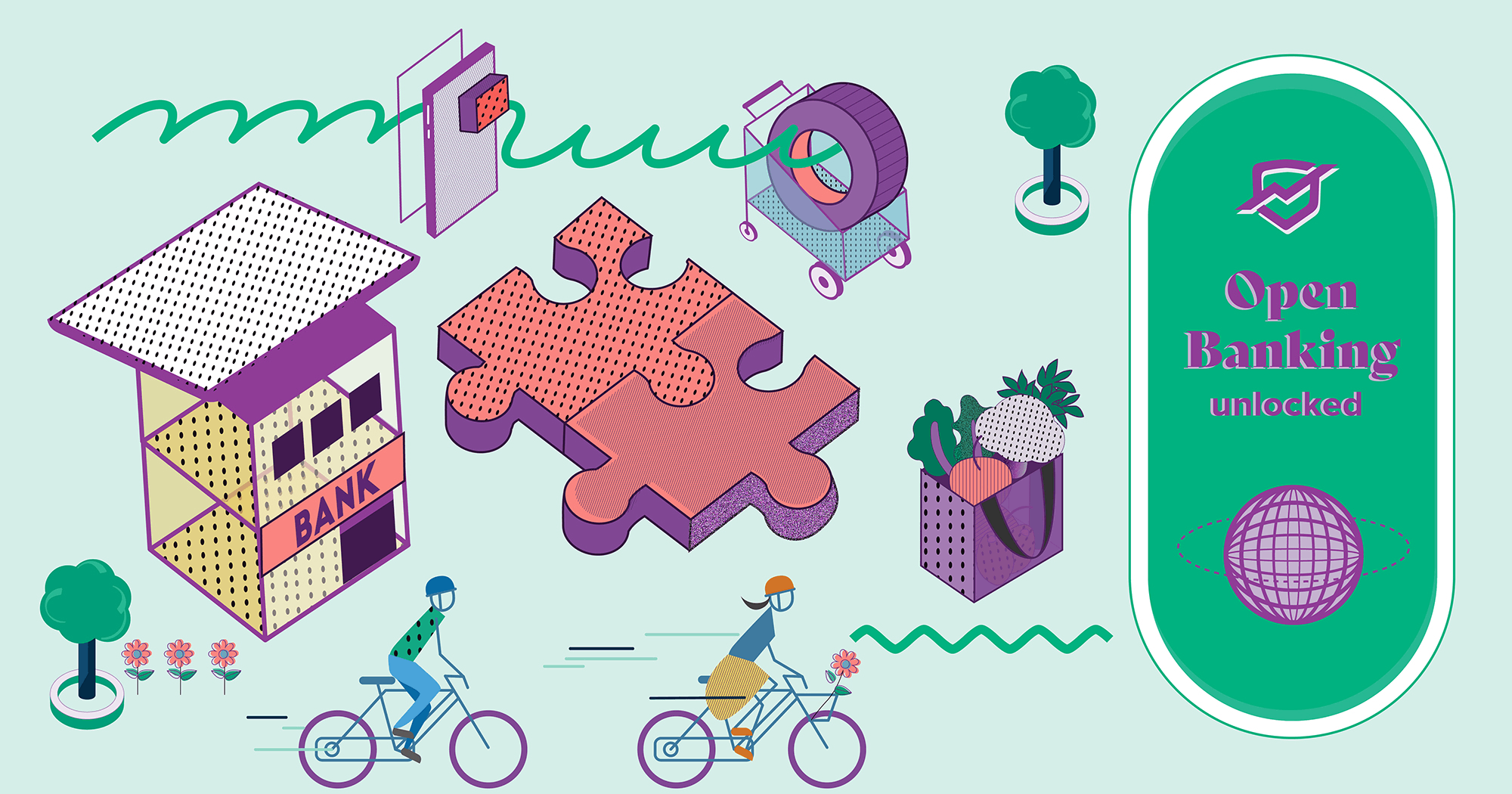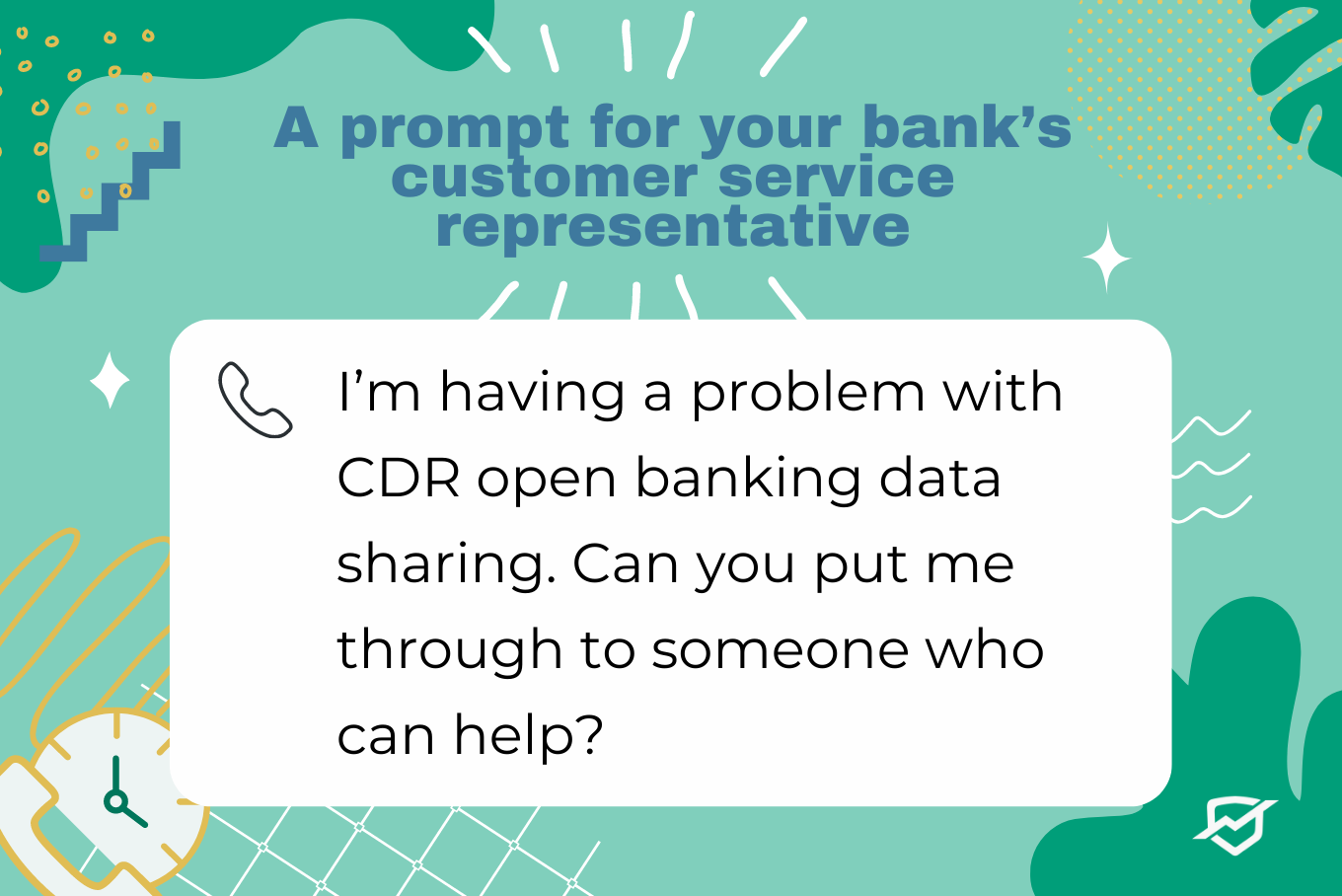
PocketSmith’s global focus gives us a unique perspective on open banking. We’ve been at the coalface of delivering bank feeds to customers everywhere for over a decade now. While the tide of promise for open banking has lifted us high, we’ve also been let down by the realities of providing new technology to actual users.
Here we are in 2022, eleven years after PocketSmith first started providing bank feeds. Open banking is completely upon us, in some of our most important markets — and it’s really great! Except for when it isn’t. We’re launching open banking globally, against a backdrop of teething issues.
This post will discuss the good and the bad we’ve found during our time with open banking, which we’ve been learning since we first connected to open banking providers in Europe and the UK in 2019.
Open banking ushers in some great changes to the ecosystem that we operate in.
Needing to share your online banking username and password with a third party to share your account and transaction information has been a massive issue for PocketSmith customers. But with open banking, you establish a connection directly via your bank’s own website, who sends a secure token over to the data provider, allowing ongoing access to your account data.
No longer do consumers need to skirt around breaching terms and conditions, and no longer do banks publicly admonish screen-scraping technology but then in the next breath use it themselves behind the scenes.
Open banking provides access to tooling only the confident and lucky could use previously. People who are wary or who have been impacted by fraud or identity theft can now use better financial tools, and institutions can provide access due to sanctioned bank feeds.
The government agencies who administer and oversee open banking systems have fairly significant power, which they can leverage to make banks do the right thing. These agencies include the ACCC in Australia, and the FCA in the United Kingdom.
These agencies can provide a conduit between the data providers and the banks themselves. The can also go beyond this in providing information to consumers — for example, the ACCC in Australia also maintain a “rectification schedule”, noting down the shortcomings of the bank’s open banking implementation, along with an expected resolution date.
In extreme cases, these bodies can also fine the banks who don’t adhere to open banking rules, such as the ACCC who, in July 2022, fined the Bank of Queensland over $132k AUD for not upholding their responsibilities.
In general, open banking feeds are much more reliable than traditional bank feeds. The most teething problems that we see occur on the initial connection to the banks. Once a feed connection has been successfully established it’s smooth sailing, compared to the relatively temperamental nature of traditional bank feeds.
In addition, syncing is significantly faster too. Traditional feeds rely on screen-scraping technology to log into the online banking interface, and then navigate between different web pages to “scrape” your account and transaction information. This overhead when gathering data adds a lot of time when syncing these feeds.
Conversely, open banking technology talks directly to the bank’s internal systems, using machine-ready data formats instead of human-ready web pages. Because there isn’t any loading web pages, things can happen much quicker.
In addition, if the banks provide the data on their open banking connections quickly, then data can be done in near realtime. For example, Australian open banking under the CDR allows up to 20 syncs per day allowed, per bank. This frequency of syncing means that if the data is provided by the bank, you can get it into PocketSmith much faster.

Time moves slowly for banks. Open banking in Australia is still experiencing a large number of teething issues, despite being launched in July 2021.
Fortunately, we’ve got a great partner in Australia with Basiq. They’ve supported us through our fairly unique use case: We’re a New Zealand company, and we have passionate exacting users who deftly spot flaws. Their support team have been amazing to collaborate with, who we are able to work with directly to resolve the quirks listed below wherever we can. They also have an open banking hub, which is a fantastic resource for all the questions you may have about open banking in Australia.
These teething issues listed will improve over time, due to the efforts of everyone in the ecosystem: Our customers, our data partners, the governing bodies and the banks. But right now, below are the issues impacting customers.
With new technology like open banking, there are going to be many cases where an error or issue occurs unexpectedly. In these cases, it’s important that the user interfaces are designed in a defensive way, handling errors well and explaining to the end user what happened.
Unfortunately though, we’re finding that banks are not providing a good user experience when faced with a changing environment that could result in problems. Error pages and messages shown to users are generic, without specific steps on how users can fix a problem. User interface elements like toggles might just not work, without explanation as to why clicking something is not turning something on.
It can be reasoned that banks have always operated in a closed environment, with specific tested flows for individual user segments. With open banking though, all users are being taken through the same user interface to connect — from brand new users to those who’ve had an online banking profile since the 1990s.
This is causing a lot of headaches for people when things like this go wrong, as the only option available to people is to get in touch with us, and our only option is to refer people to their bank. We hope that this will improve over time.
Due to the relative youth of open banking, significant teething issues exist for some people when trying to establish a feed.
We’ve seen both big banks and small experiencing issues with customers who have some accounts that aren’t eligible for CDR open banking data sharing, for reasons unknown to both the user and the bank. Generic error pages are shown when this happens and the customer is halted.
There are other quirks with sharing that prevent users with old customer IDs from sharing data, especially when they’re associated with closed business accounts. Then, banks experience sporadic outages for subsets of customers, which take weeks to get resolved - forcing users back to traditional bank feeds to get their recent data into PocketSmith during the outage.
Each of these issues still exist after 17 months of open banking, were identified and reported by our customers weeks ago, and are still ongoing problems for many users. We can only expect other similar issues to crop up for other banks, as open banking continues to roll out further — but we’re looking forward to the time when all these problems have been shaken out.
Legislators made the laws, and the banks interpreted those laws into open banking data sharing systems. Unfortunately some consumer-unfriendly interpretations of the law resulted.
Firstly, the account types supplied under open banking data sharing can be limited. If it’s not legislated for, then banks won’t allow the data to be shared. In the UK and EU, open banking laws cover only transactional accounts, resulting in savings accounts being excluded from sharing. In Australia, superannuation and trust accounts aren’t covered by legislation and so are excluded. Some reasonable banks still provide this data, but the majority do not.
Secondly, the data supplied in open banking data responses varies in quality drastically. One bank has a universal description of “Domestic POS Transaction” for every credit card transaction — without any merchant information — despite complete information being available within their own apps and online banking. Sadly, this appears to be acceptable under current Australian CDR laws, despite the severely limited usefulness to customers.
Thirdly, the law as written can result in nonsensical implementations. In Australia, sharing joint accounts originally required each account holder to turn a key at the same time, like an missle launch sequence. While the legislation changed to more closely align with a reasonable user experience in February 2021 — the 9-month deadline was extended to a 20-month deadline non-major banks. Which leads us to:
With new technology comes new language and systems. While those in the trenches can quickly become comfortable to jargon, others that need to use and understand the technology are left without clarity. This gap in knowledge then hampers uptake of the new systems.
We’ve been seeing this play out even at the banks themselves. When our customers have talked to their banks to resolve open banking issues, they’ve often been met with confusion from many frontline staff. Some even say that data sharing will never be allowed by the bank, contrary to the legislation.
There is an urgent need for everyone in the ecosystem to bridge this gap. We need to communicate coherently, so everyone starts both understanding and caring about open banking, and the promise it holds.
And so, to help if you need to talk to your bank about an open banking issue, we present:
Some of our users we’ve guided in getting set up with open banking in Australia have found that frontline customer service representatives can often not know about any forms of data sharing.
In order to ensure that you’re getting the right advice from them, a certain combination of words seems to do the best job of cutting through and reaching the open banking team that can help you.
I’m having a problem with CDR open banking data sharing. Can you put me through to someone who can help?
You might be receiving an error when connecting your bank, or you could be stuck figuring out why a particular account isn’t available for data sharing. You could also be told you’re completely ineligible to share data under the CDR.
In each of these cases, referring to “CDR open banking data sharing” appears to be the best way to get put in touch with the people that are able to assist you.
Even when we first started integrating bank feeds in 2010, the concepts of open banking were not new. Specific standards had started to be created in part of Europe, which rolled into the PSD2 launch in 2019. Now with the CDR in Australia and a few banks introducing open banking-like data sharing in the United States, the future is very promising.
A template is now laid for other geographies to introduce open banking, and hopefully some of the missteps made are avoided when open banking commences in other countries.
Despite the missteps though, we’re excited about the promise that open banking holds for all customers. It’s certain that we’ll reach a point where the good points discussed above exist, but without the teething issues being experienced right now.
Through open banking, banks will be held to greater account than ever before. Firstly, by the legislative bodies that oversee the various open banking regimes.
But secondly — and most importantly — by consumers themselves. Now that data rights are becoming enshrined in law, customers are more empowered to move between banks to support those that fully respect their data rights.
James is the CTO and co-founder at PocketSmith. He loves tech from software to hardware to music, and is passionate about technology being a net-positive in people’s lives. He lives off-grid with three humans, one axolotl, one rabbit, one dog, and too many possums.